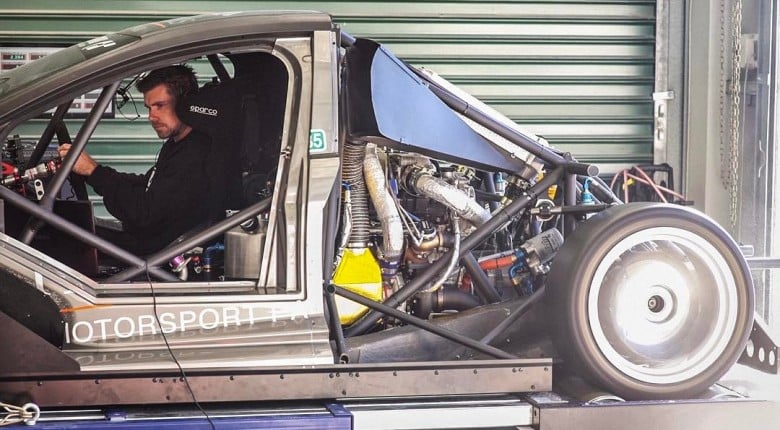I’ve spent a good chunk of my life on various dynos around the world and the problems I see are always the same. Dyno time is expensive so you want everything to go as smoothly as possible. This will ensure you get the best results out of your dyno session and it will help with your tuner’s sanity.
In this article: Turn up with a full tank of fuel | Make sure your engine is dyno-ready | Don’t bring a grenade to the dyno | Fix your oil leaks | Make sure your expectations are realistic
Here are my five top tips for your next trip to the dyno:
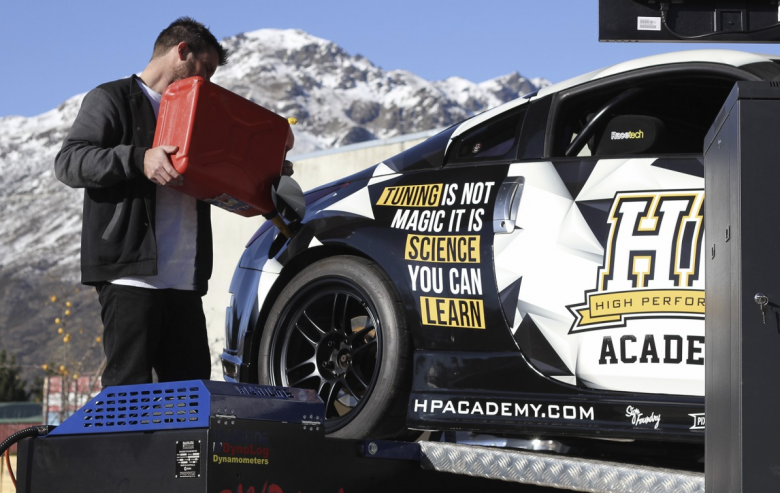
1. Turn up with a full tank of fuel
Pretty straightforward, yet I’ve lost count of the number of cars delivered for tuning with the low fuel light on. Tuning isn’t magic and to properly tune your engine, it’s going to need fuel. A tune could consume anything from 20 litres through to 80 litres or more depending on how long the car spends on the dyno, so give yourself the best chance with a full tank. This is even more important if you’re running some exotic and hard to find race fuel.
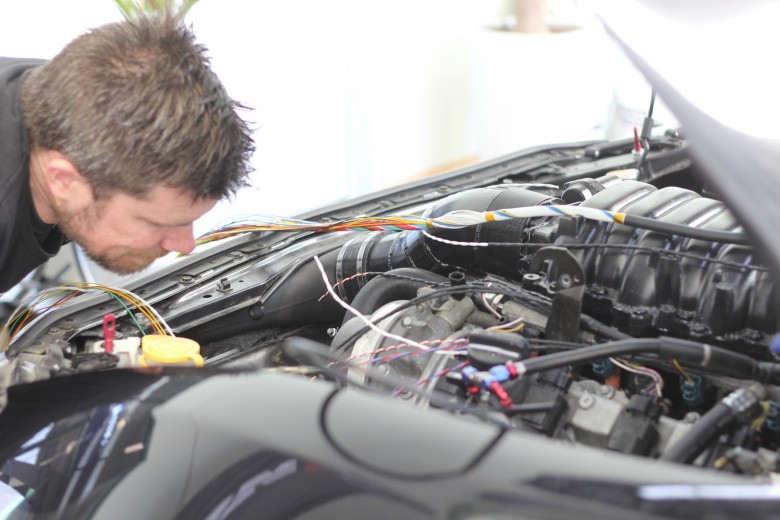
2. Make sure your engine is dyno-ready
Dyno tuning is going to put your engine under the same sort of stress you can expect on a race track. You wouldn’t head to the track without making sure your fluids are topped up and the same applies to a dyno session. At a minimum, you want to check your fluid levels and also check the condition of your spark plugs. If your car has a manual gearbox you’re also going to need a clutch that’s in good health and not slipping.
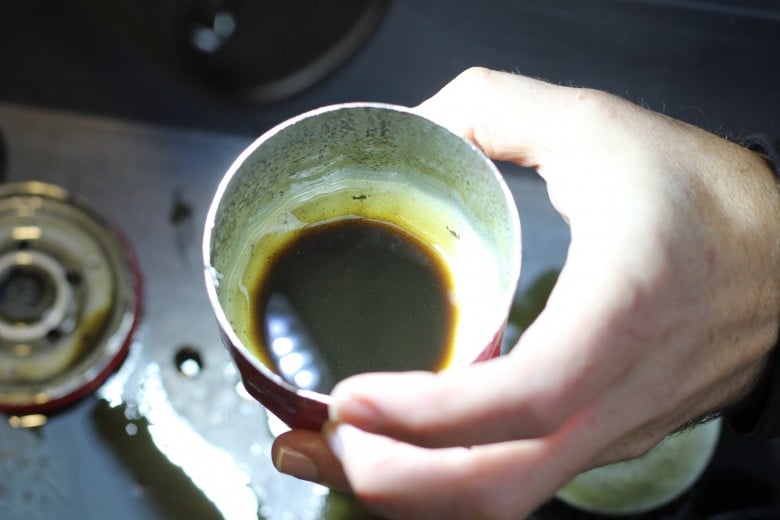
3. Don’t bring a grenade to the dyno
While a dyno isn’t going to place any more stress on your engine than driving it at full throttle on the road, if your engine is using oil, smoking heavily out the exhaust, pushing water out or generally in poor health, your dyno session probably isn’t going to end well. If you know your engine isn’t healthy it will be cheaper to fix it before you end up with a hole in your block!
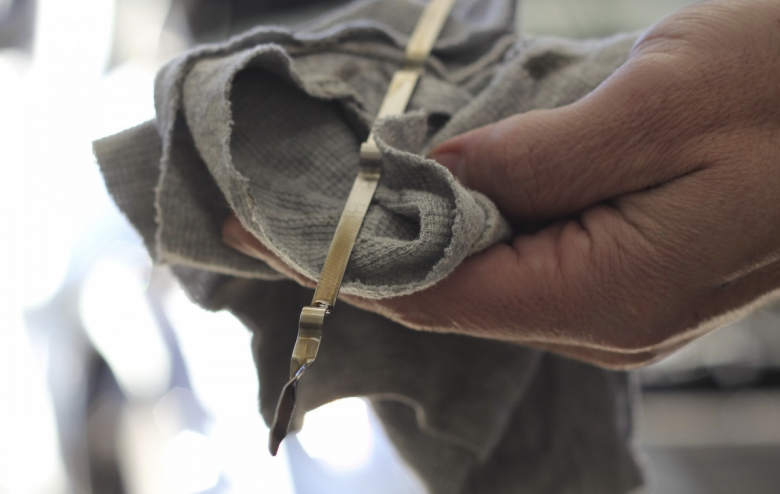
4. Fix your oil leaks
Cleaning up the dyno bay isn’t fun and if you want to keep your tuner smiling and minimise your bill, stopping your car from messing up the floor is a great place to start. If your engine resembles some kind of internal combustion sprinkler system, get it fixed before heading to the dyno.
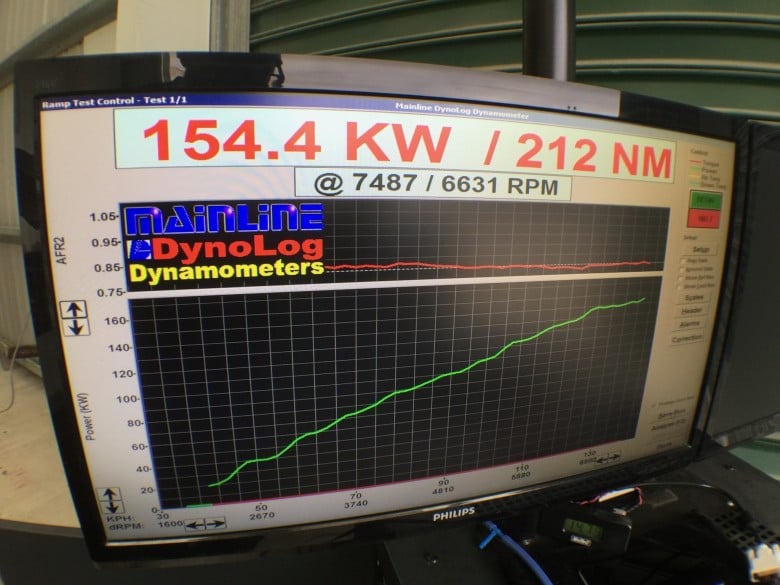
5. Make sure your expectations are realistic
Remember that bit about dynos blowing up engines? Well, sometimes despite the best efforts of everyone involved, things can go wrong. So who’s to blame? This is an awkward question that unfortunately comes up from time to time and it’s important to have your expectations clear from the start.
You should be able to expect a professional tuner to provide the correct air/fuel ratio and ignition advance to keep your engine safe. If you’re chasing huge power numbers that are well beyond the factory limits though, even the best tuner in the world can exceed the mechanical strength of a part. Also, if your engine is just plain worn out or already damaged then things can end badly.
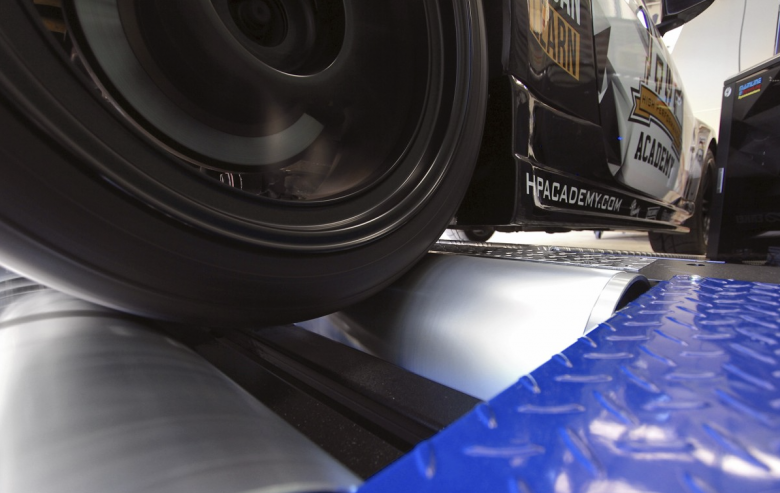
If you are trying to break world records (or pump up your Instagram game), then you need to accept that things can go wrong. If on the other hand, if breaking your engine would ruin your day or your bank account, then let your tuner know so they can tune with an appropriate safety margin.
So there you have it – I hope that’s cleared up some of the misunderstanding surrounding dynos and given you some valuable info for your next tuning session. If you want to see a dyno in action, check out the video below.
As always, if you’ve still got questions, ask them on our members only forum and I'll do my best to help you out.
If you are interested in learning more about tuning, why not begin with our free course. Did we mention it's free?
